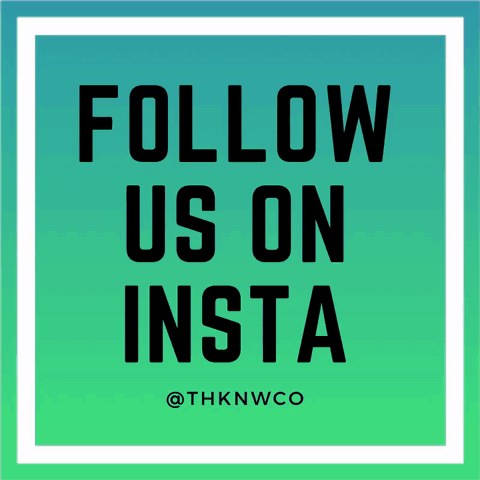Last summer, tens of thousands of music fans streamed into Red Rocks Amphitheatre each week as promoters boasted of new records for the number of shows booked there — or anywhere in the state, for that matter.
Those fans weren’t just coming from Colorado, but from all over the globe as the Front Range welcomed its annual crush of jam-band followers, dance-music diehards and summer vacationers.
Meanwhile, locals flocked to major bluegrass, indie-rock, country and jazz festivals across the state as nationally acclaimed venues such as Mission Ballroom debuted in Denver, quickly outperforming attendance and booking projections.
That’s all gone, of course, paralyzed by the pandemic and its government-mandated shutdowns that fell like wet concrete in mid-March.

“I built my life around shows,” said Esmé Patterson, a Denver solo artist and scene veteran who formerly sang with the indie-folk group Paper Bird. “Most of my schedule and social circle was centered around that habit. But there’s something a lot of people don’t even know how to talk about, and that’s the loss of spiritual nourishment. It’s our religion.”
Denver’s mostly-local music congregations are landmarks of summer. They fill streets and backyards, but also clubs such as the Hi-Dive and Larimer Lounge, whose owners are now playing desperate Whack-A-Mole with city and state health restrictions.
“This is festival time of year,” said Joshua Novak, whose dream-pop band Oko Tygra was scheduled to play Denver’s UMS and Fort Collins’ NewWestFest. “It’s definitely disappointing to have to shelve those performances, but it also is the right thing to do.”
More than halfway through Denver’s bizarre, unprecedented Summer of No Music, an increasing amount of people — artists and fans alike — are wondering: Without live music, who are we?
We can already see what’s slipping away: Between April 1 and July 31, Colorado’s music industry lost 8,327 jobs and $344.6 million in sales revenue, according to a report released this week by Denver Arts & Venues. This represents 51% of total employment in the industry statewide and 24% of its annual sales revenue, wrote Colorado State University researcher Michael Seman.
Denver took the hardest hit, with losses in the metro region estimated at 4,525 jobs and $213.7 million in sales revenue — or more than half of all jobs in the region’s music industry and 25% of its annual sales revenue. The majority of these losses at both the state and regional level are in the “musicians, managers and agents” and “live events” sectors of the industry, the report said.
And this is after only six months.
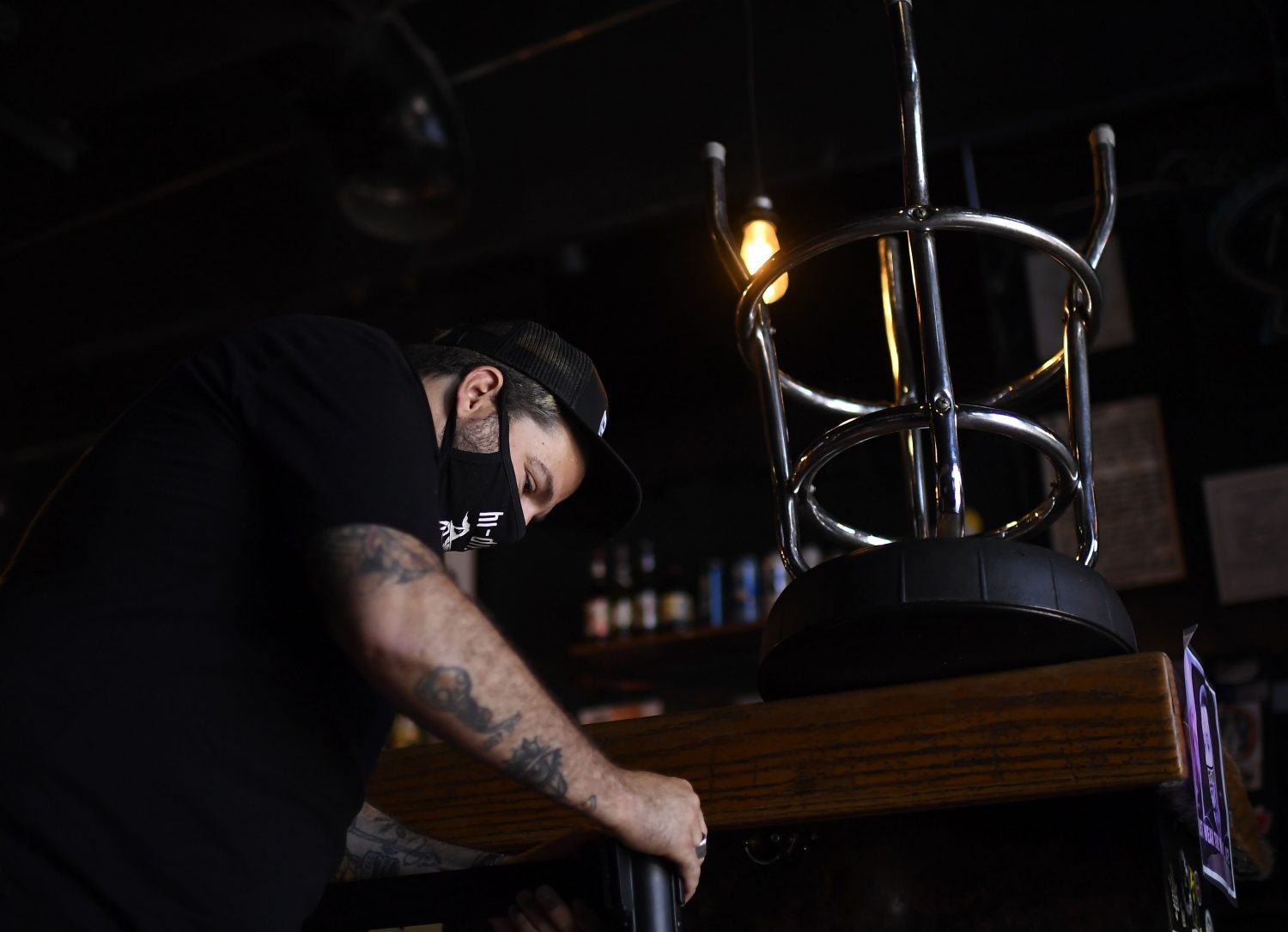
Deafening silence
For decades, Denver has acted as a regional magnet for live music, owing to its geographic isolation but also its concentration of venues that former Gov. John Hickenlooper once praised as being higher per-capita than Austin, Texas or Nashville.
The prestigious draw of Red Rocks, which typically hosts more than 150 shows per year, plus multi-night stands by artists such as Phish, helped turn Colorado’s concert industry into a $1.4 billion concern, according to the Denver Business Journal.
But just as vital are the street festivals, rock ‘n’ roll camps and nonprofit programs offered by organizations such as Youth on Record. Unlike big-ticket concerts, they promote safe spaces for marginalized groups — women, people of color, underage fans — amid the Front Range’s rapid gentrification.
“I can’t overstate the importance of (DIY) institutions like Seventh Circle and Rhinoceropolis,” said Patterson, who this year had planned to help with the annual Titwrench Festival, which focuses on artists of color, women and the LGBTQ community. “These were safe, alternative spaces for people who weren’t represented by the larger music scene. Places where people could guide each other with compassion.”
The return of those spaces post-COVID seems uncertain, given the staggering losses in the service industry and other low-wage, high-turnover jobs that supported countless part-time musicians and their fans.
“In the DIY community, these all-ages, alcohol-free venues are so important for the critical time in many peoples’ lives when they’re in high school and developing their social consciousness,” said Seman, an assistant professor of arts management at Colorado State University’s LEAP Institute for the Arts. “These (scenes) give young people the self-confidence to become quality community members.”
For Patterson, who began playing live music in 2006 at all-ages, anarchist punk shows in Denver, even the temporary loss of DIY venues is devastating.
“This is also the scene that (corporate promoters) are stealing their ideas and pulling their inspiration from,” she said after referencing national acts that started out at warehouse spaces and open-mic nights in Denver, from electronic musician Pictureplane to the platinum-selling folk group The Lumineers.
Seman agreed that without the DIY scene, the commercial scene will begin to wobble, since it relies on the pyramid-like structure of many smaller artists supporting a handful of big ones.
“The loss of live music immediately pulled the curtains back on all the problems in the industry,” he said. “There are serious structural issues with revenue, and now everybody is seeing them clearly. You just can’t live off of digital streaming unless you’re a superstar. Live music was it.”
“Artists have been asking for fair pay ever since I can remember,” said Jesse Ogle, founder and foundation director at Durango’s iAM Music Institute. “I fear that this may lead to less pay for artists, or artists undercutting other artists just to get a gig. Some of the boutique music venues that do value and care about fair pay may go under during this next year and we may be left with less options for music.”
For Tom Hagerman, who plays in Denver’s DeVotchKa and the recently launched side project Post Truth Serum, being forced to play live shows out of financial necessity sounds as bad as not playing them at all. He was being treated for follicular lymphoma, a cancer of the blood he was diagnosed with in 2018, when the pandemic hit.
“Concerts obviously don’t make any sense as far as ticket sales are concerned, and records don’t make money like they used to,” said Hagerman, whose career supports a wife and five daughters. “I’m going to have to play out during this pandemic at some point because I don’t have any other answers, but I’d rather not.”
For better or worse, Colorado musicians and fans are far from alone.
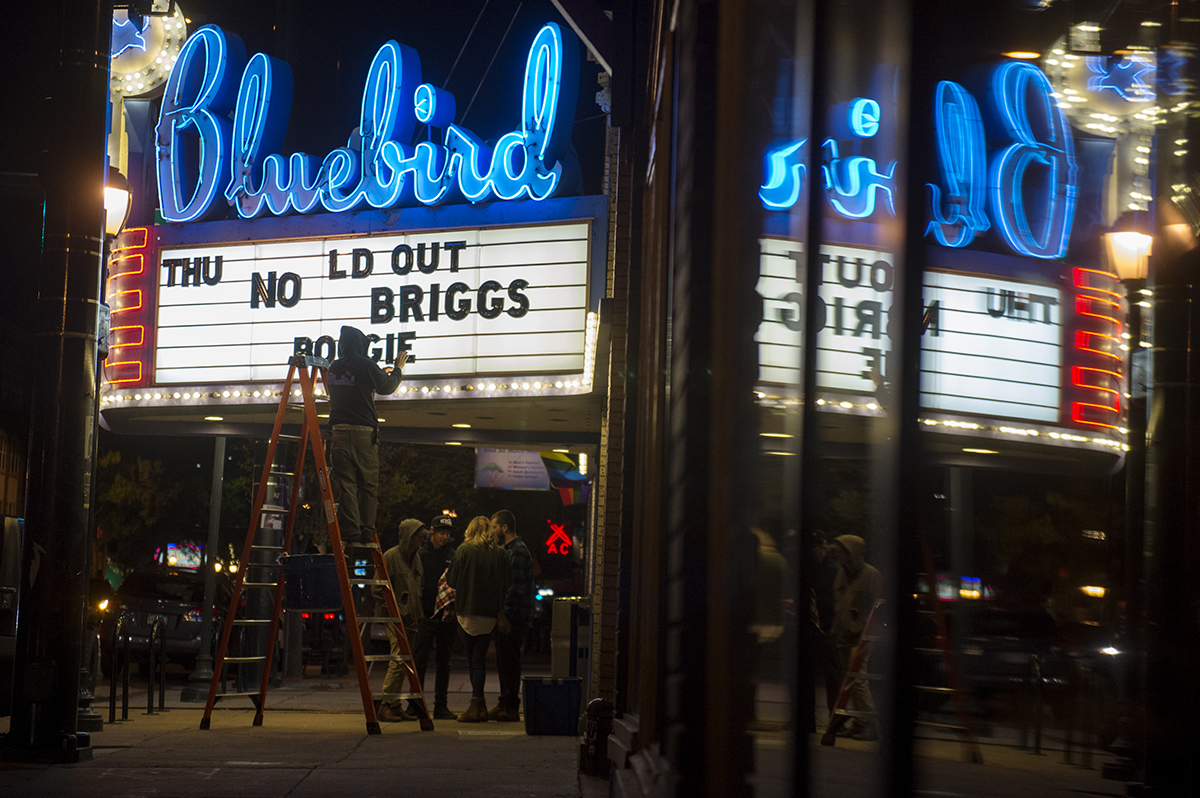
No substitute
While the financial losses of the music industry have been detailed in excruciating, ever-evolving ways since March, less documented are the emotional and mental challenges of watching your creative passion disappear.
“The one thing that kind of lessens the blow is that every music region is experiencing this,” Seman said. “Whether you’re Southern California or New Orleans or Seattle, we’re all being decimated.”
That’s part of why so many artists and fans have turned, out of necessity, to streaming shows. But watching someone sing or play guitar on a screen is a poor substitute for feeling the rumble of bass in your chest at a concert, or the sense of camaraderie that washes over a crowd of thousands united in song.
The last few months have not been completely without live music, of course. We’ve seen intimate porch concerts and roaming stages on the back of flatbed trailers, as well as socially distanced Colorado Symphony sets at Red Rocks and drive-in shows around the state.
“It’s bittersweet,” said guitarist Nick Moulds, whose band Ghost Tapes has played a few mountain-town shows and even a socially distanced festival since March. “Even the mundane things like sound-checking feel really great, and you still find yourself getting lost in the music. But then, in between songs, you notice that people can’t get as close to the stage, and there are far fewer people there in general. I never realized how much I missed that sense of intimacy.”
Take, for example, last week’s Red Rocks shows from the Colorado Symphony. The venue typically holds 9,450 people, and the energy that draws people back, year after year, is often the result of a sold-out crowd moving as one. Last week’s shows were approved to admit fewer than 200 people. Even when sold-out, it looked like a money-losing, poorly attended event — at least by normal standards.
RELATED: Colorado Symphony adds 10 more shows to Red Rocks schedule
Like live comedy and virtually any other stage performance, music benefits from close quarters and contagious vibes. Despite frustratingly high ticket prices and the threat of public violence in the form of mass shootings, live music has remained a reliable draw in recent years.
None of that energy or spontaneity can be replicated any other way, fans and artists said.
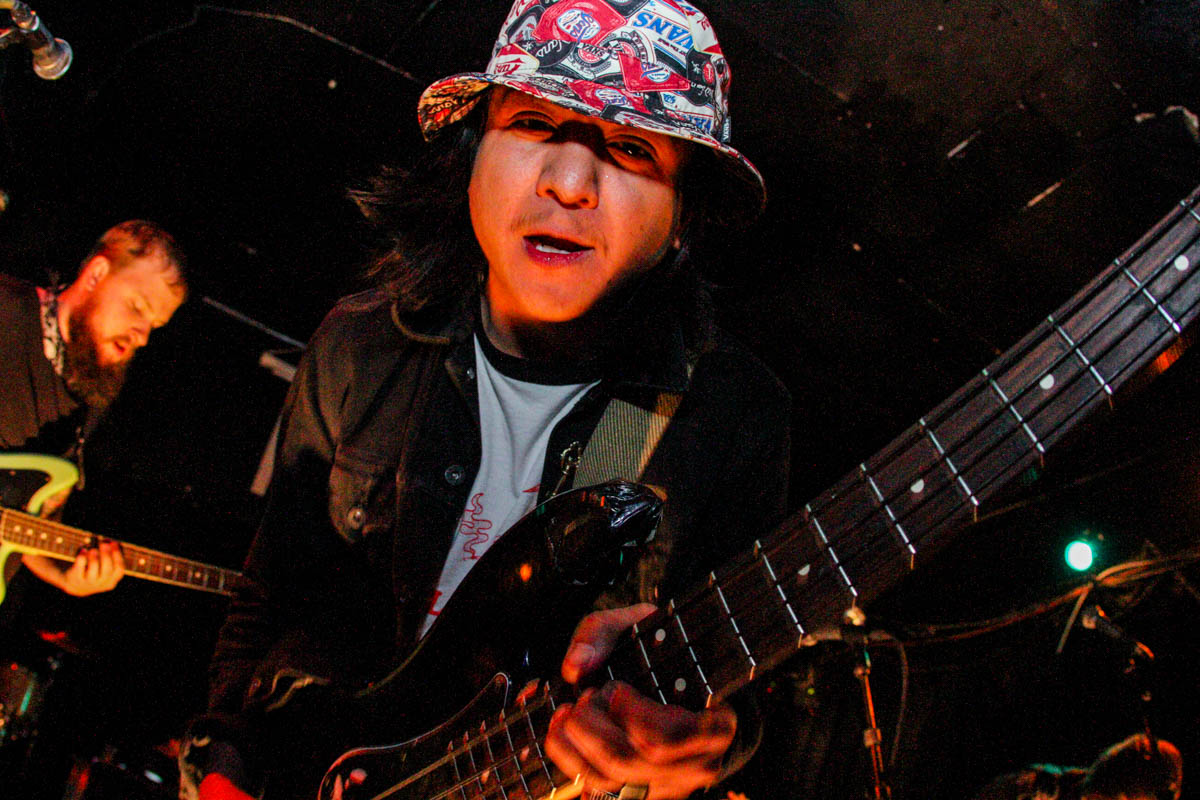
“(Big concerts) during coronavirus obviously don’t make any sense as far as ticket sales are concerned,” said Hagerman, who helps arrange music for the rock bands that Colorado Symphony collaborates with, such as The Flaming Lips and Tenacious D. “It’s just not realistic to expect those kinds of experiences right now.”
Streaming performances, which many artists have turned to in the absence of other options, only go so far.
“I’ve only done a couple,” Hagerman added. “That’s why I’m making (music videos) for Post-Truth Serum. These live-streamed videos just look so slapped together. It’s a simulacrum of what a performance wants to be, and I don’t want that. I want something good.”
“I’ve done some of the lives-streams,” said Patterson, who released her new solo album “There Will Come Soft Rains” on BMG in March — and performed virtually for Levitt Pavilion on Aug. 5. “But it doesn’t feel the same. I’ve done private Zoom calls, but those are expensive for the people paying for them.”
But as difficult as it is to skip live shows — especially with a new album to promote — Patterson is committed to it.
“I’m saying an absolute ‘no’ to (live shows),” she said. “So many people are making sacrifices right now, and I want to be part of the solution.”
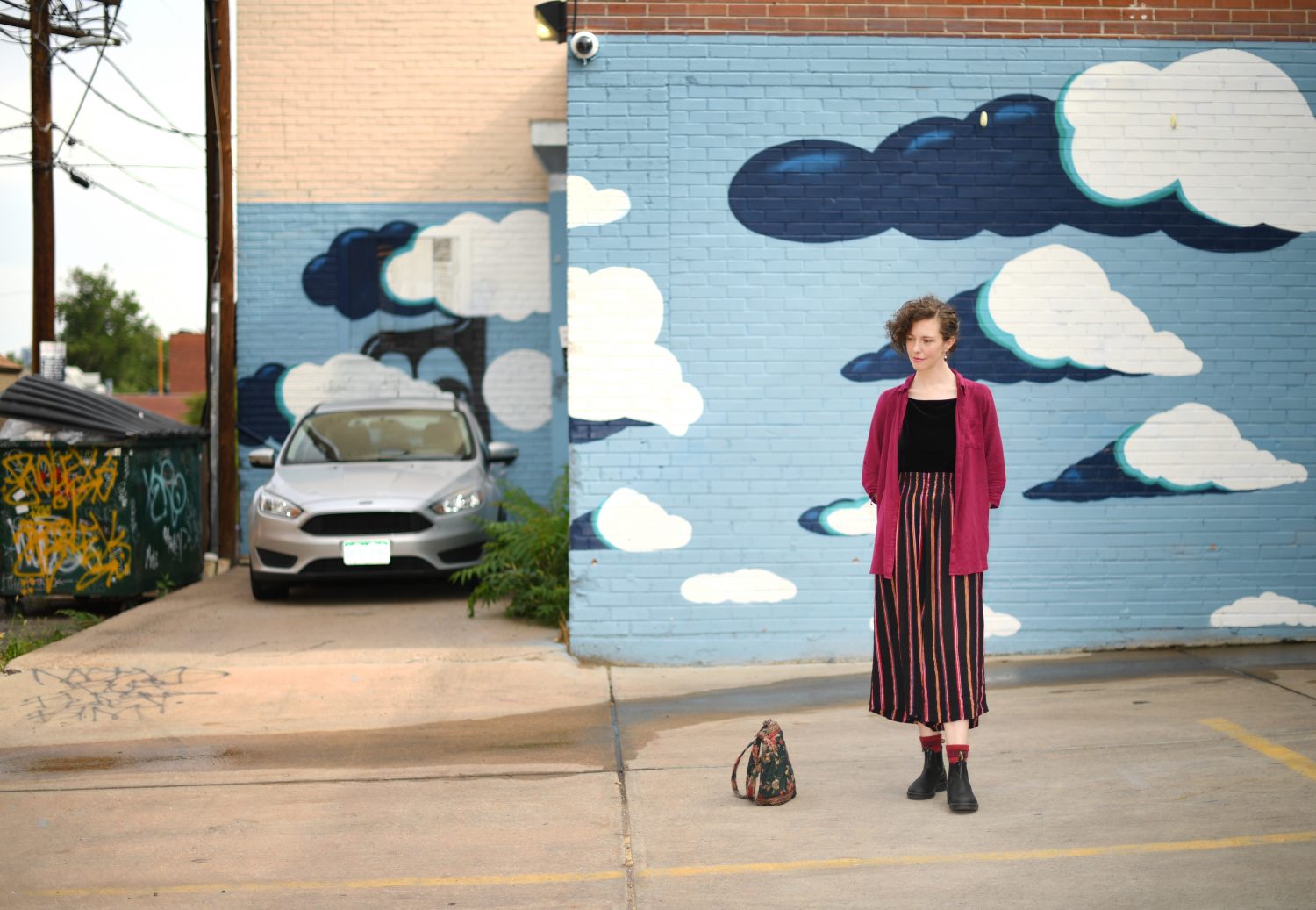
Holding tight, but for what?
One of the worst parts of not having concerts is that it robs fans who mourn their loss the opportunity for physical fellowship — much in the same way houses of worship, 12-step recovery groups and other vital community hubs have been shuttered.
In other words: there’s no support group to handle the loss of support groups.
“It’s a really odd thing to deal with,” said Tuyet Nguyen, a former Denverite who now works as production coordinator for Bon Iver’s touring band. “It’s just a waiting game, but my optimism is getting lower and lower. I’m fortunate in that I’m still getting paid on retainer, but I’m on edge that I could get laid off soon.”
Fortunately, there will be an immediate and pent-up demand for live music as soon as it’s safe to return to venues, CSU’s Seman said.
“In some ways, it’s just a matter of sitting and waiting for that to return, whether it’s in 2021 or, God forbid, 2022,” he said. “This isn’t a blow that will completely take away Denver’s music vibrancy. What I’m more worried about is how long can the structures we’ve spent decades building endure without live music? People will move onto different careers at some point, and I’m afraid unless there’s more funding and programs, we won’t be able to sustain them.”
Protests against police violence and in favor of Black Lives Matter have given musicians and fans a chance to share new work — and even a space to share live musical performances, as Nguyen watched in Greenwood Village last month when Nathaniel Rateliff, The Lumineers, Flobots and others marched and played against that city’s stance on statewide police reform. Scenes from a new music video for “I Can’t Breathe (Again),” a Denver-produced hip-hop song, include live performances from local rappers at Civic Center park during the George Floyd protests.
But for Nguyen, a writer who formerly contributed to Westword and co-founded Denver’s FM Magazine, America’s climate of disinformation has also worsened the effects of the pandemic on live music.
“Deer Tick (a band she formerly worked with) innocently posted something about doing a live-stream in place of their Newport Folk Festival set,” she said. “They had all safely quarantined and gotten together in an empty theater to do a show. Then they get these (expletive) comments on an Instagram video of them wearing masks like, ‘They’re obviously lefties and only wearing masks to be anti-Trump!’ I thought, ‘Really? You think that’s the reason?’ ”
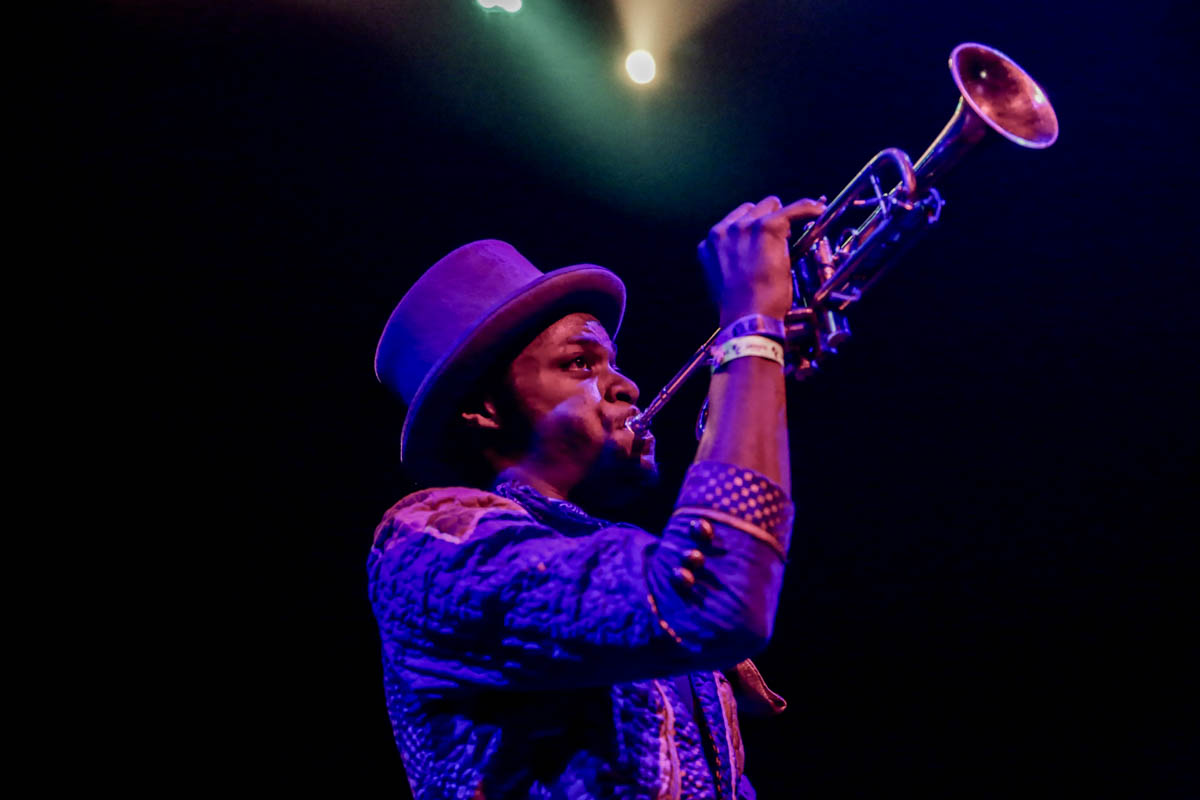
Fundamental solutions will only arrive when there’s a coronavirus vaccine. In the meantime, the National Independent Venue Association believes that without substantial relief funding, 90% of music venues across the country will go out of business within six months.
Micro-grants, PPP loans, public-private partnerships and fundraisers such as “Colorado Gives Back” (total raised: $625,000) and “Banding Together” ($600,000) are helping musicians and those who support them tread water. But they were already operating on thin margins, and as we’re starting to see, there are no guarantees that Colorado’s post-coronavirus music scene will closely resemble the one we used to know.
“Colorado policymakers and leaders should initiate targeted responses now,” CSU’s Seman wrote in his report. “This could mitigate irrevocable damage to what was a thriving economic engine for the state leading up to the COVID-19 crisis. Coordinated efforts amongst those in the public, private, and philanthropic sectors will ensure that when it is safe to experience music again — in the venues and at the festivals that Colorado is known for worldwide — the music will still be there.”
